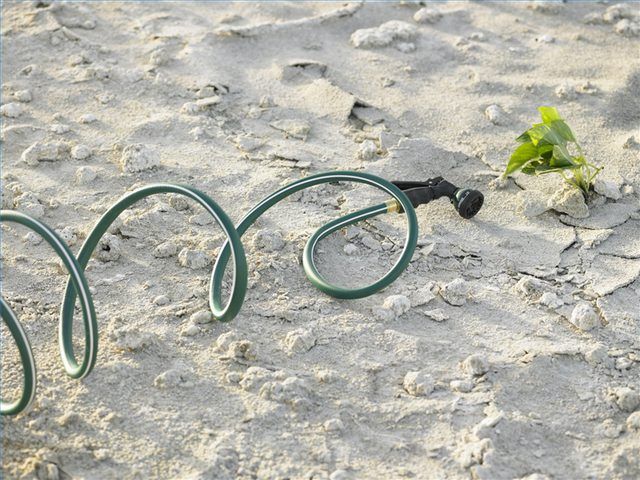Bulbs
Flower Basics
Flower Beds & Specialty Gardens
Flower Garden
Garden Furniture
Garden Gnomes
Garden Seeds
Garden Sheds
Garden Statues
Garden Tools & Supplies
Gardening Basics
Green & Organic
Groundcovers & Vines
Growing Annuals
Growing Basil
Growing Beans
Growing Berries
Growing Blueberries
Growing Cactus
Growing Corn
Growing Cotton
Growing Edibles
Growing Flowers
Growing Garlic
Growing Grapes
Growing Grass
Growing Herbs
Growing Jasmine
Growing Mint
Growing Mushrooms
Orchids
Growing Peanuts
Growing Perennials
Growing Plants
Growing Rosemary
Growing Roses
Growing Strawberries
Growing Sunflowers
Growing Thyme
Growing Tomatoes
Growing Tulips
Growing Vegetables
Herb Basics
Herb Garden
Indoor Growing
Landscaping Basics
Landscaping Patios
Landscaping Plants
Landscaping Shrubs
Landscaping Trees
Landscaping Walks & Pathways
Lawn Basics
Lawn Maintenance
Lawn Mowers
Lawn Ornaments
Lawn Planting
Lawn Tools
Outdoor Growing
Overall Landscape Planning
Pests, Weeds & Problems
Plant Basics
Rock Garden
Rose Garden
Shrubs
Soil
Specialty Gardens
Trees
Vegetable Garden
Yard Maintenance
How to Fix Garden Hose Ends
How to Fix Garden Hose Ends. Many people have garden hoses in their yard with broken or damaged ends. There is no reason to buy a brand new hose if the connectors are damaged. Fixing the end of a garden hose is a simple task that takes less than an hour to complete.

Many people have garden hoses in their yard with broken or damaged ends. There is no reason to buy a brand new hose if the connectors are damaged. Fixing the end of a garden hose is a simple task that takes less than an hour to complete.
Things You'll Need
Garden hose connector ends
Screwdriver
Garden hose
Sharp knife or razor blade
Buy a set of new connector ends online or at a local hardware store. All garden hose connectors fit any garden hose because they're universal connectors.
Drain the hose of any water. Hold the end of the garden hose above your head. Move down the hose lifting it up to drain all of the water out.
Use a sharp knife or razor blade to cut the hose 1/2 inch below the connector end that is already attached. Poke a hole in the garden hose to make cutting easier.
Take a new connector end and slide it 1 to 2 inches past the end of the hose. You may have to loosen the connector clamp to fit it onto the garden hose.
Tighten the connector to the hose with a screwdriver. The connector has a clamp with a screw that lets you secure the piece onto the hose.
Pull on the connector. If it moves, tighten the clamp again.
Insert the washer down into the connector. It should be flat against the hose. All connectors come with washers included.
Connect the garden hose to the water faucet and turn the water on. Check for leaks in the garden hose or at the connector. If the connector is leaking, tighten the clamp again.
Tips & Warnings
Connector ends are made in brass and plastic. They both install the same. The only difference is that brass ends use a flange instead of screws.